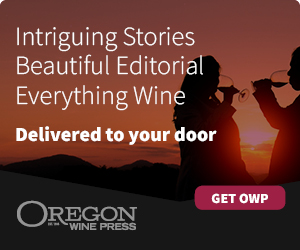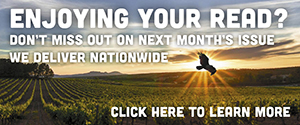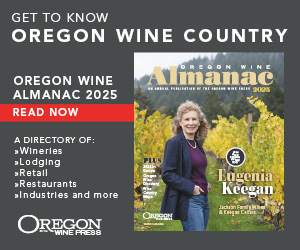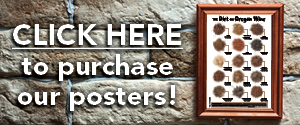Breaking the Mold
Meet three wineries with unique wine label artwork
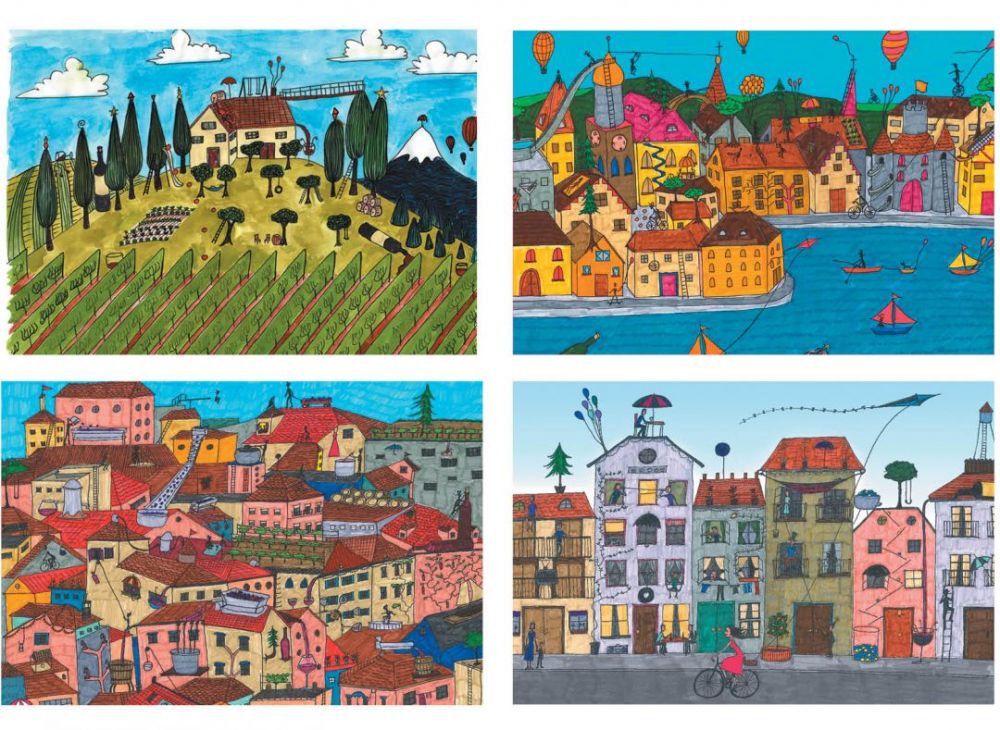
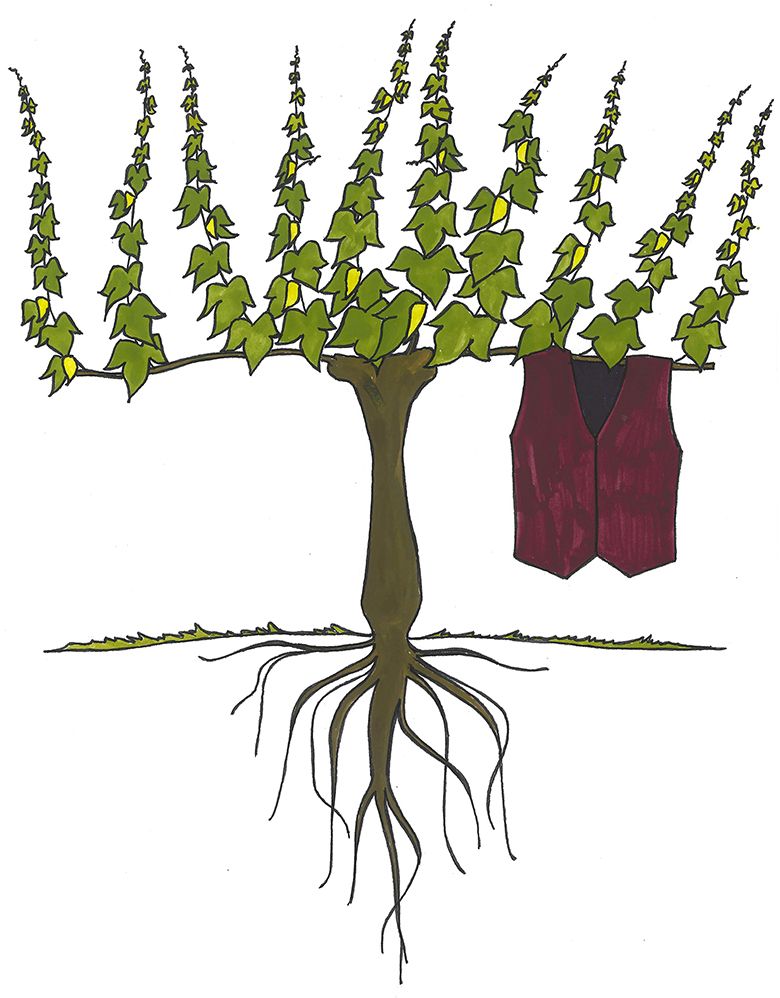
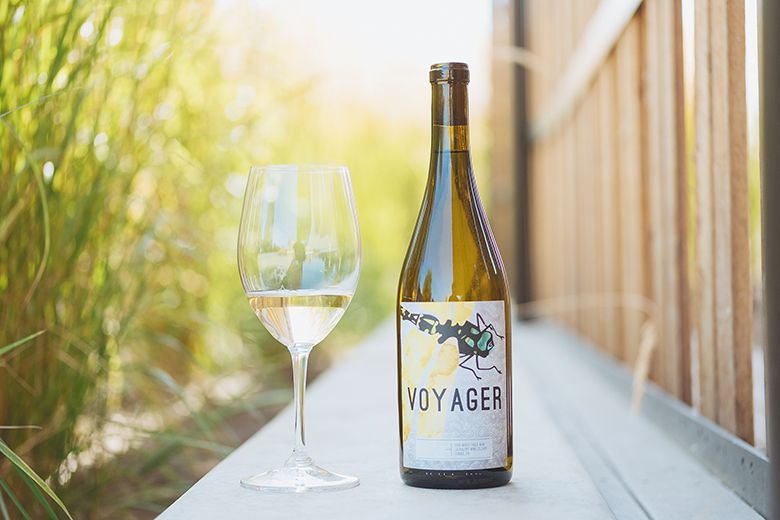
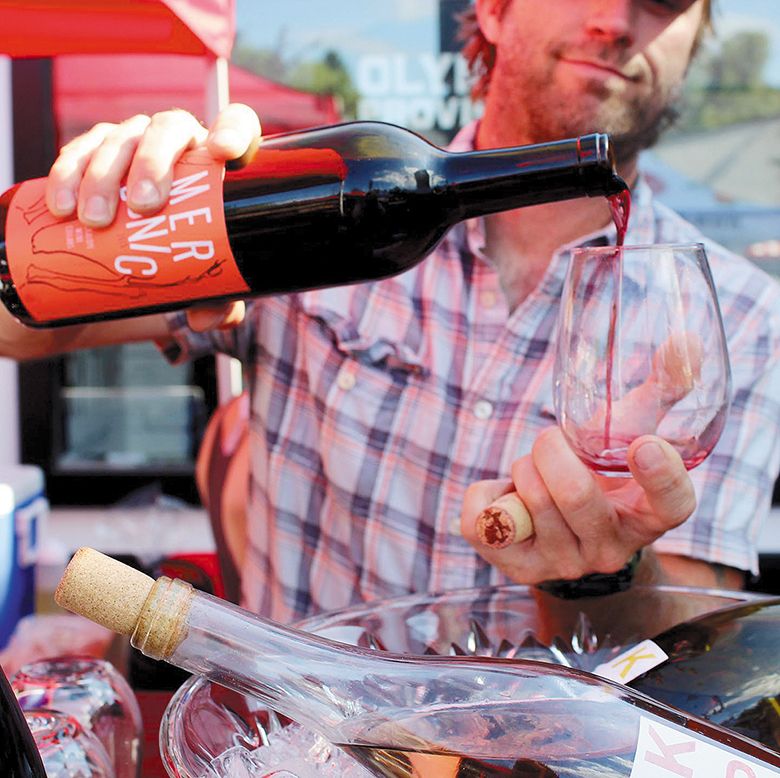
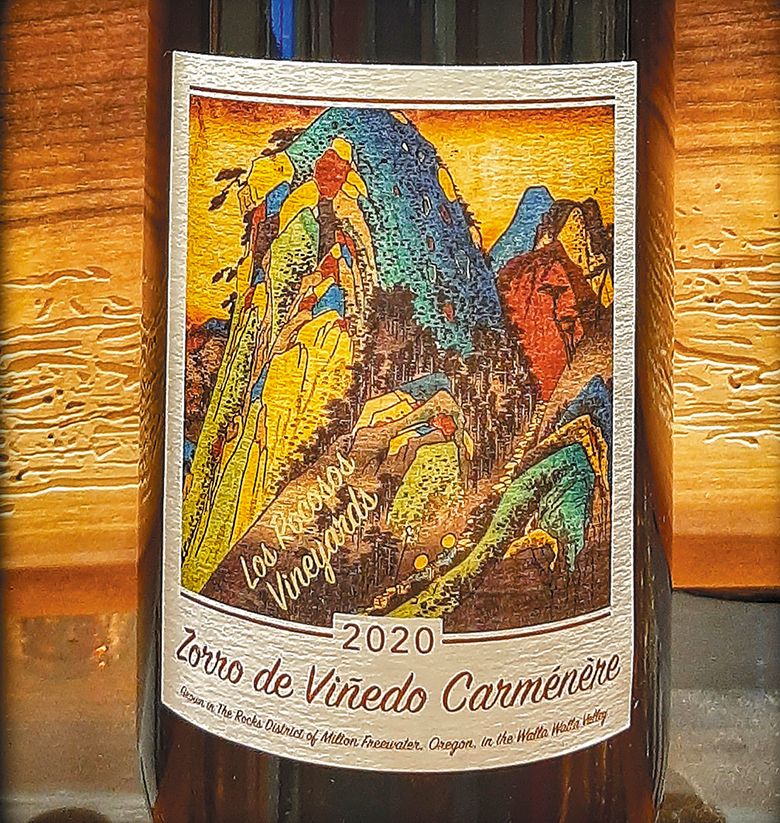
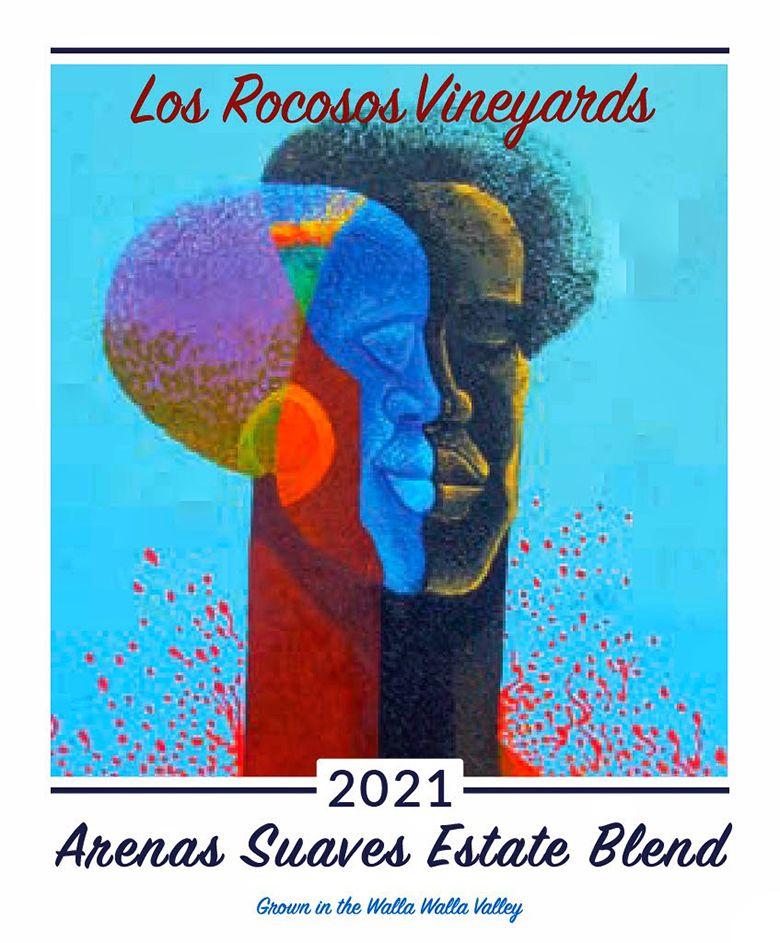
By Greg Norton
While you may not judge a book by its cover, there’s a good chance you choose a wine by its label.
Over 80 percent of wine buyers indicate their purchase decisions are primarily guided by the label alone. (This finding is frequently supported, as evidenced by a 2021 survey conducted by the creative marketing and branding agency Iron Design.)
Wineries create memorable label art so a bottle will stand out in a consumer’s mind, as well as on a supermarket or wine shop “wall of wine.” Hoping to build brand loyalty, most maintain consistency with minimal changes in copy and design from bottle to bottle.
“They’re marketing on their name and want a specific look for their packaging to build one particular brand,” explains Chris Noud, who designs wine packaging at NowDesign Creative Services, Inc.
However, some Oregon wineries are bucking this practice by creating unique labels for each stock-keeping unit, or SKU. With a different design on each bottle, these wineries often retain a consistent style throughout the brand’s lineup.
“People are having more fun with label design. They’re looking for ways to speak to their brand story in a quick, consumer-facing manner, but also telling it in a more exciting way,” describes Sarah Brown, who writes about packaging trends for Wine Business Monthly.
“Humans are incredibly visual creatures,” she continues. “You’ll see and remember an image much more quickly and easily than words on the back of a bottle. Having unique artwork between SKUs within a single brand can be incredibly impactful.”
“I admire the creativity it requires,” notes Noud. “Especially if you can incorporate creativity as an integral part of your brand.”
For three Oregon winemakers, varied label designs aren’t solely a company identity, but also a reflection of their personal life stories.
JACKALOPE WINE CELLARS
First, a definition: The jackalope is a mythical creature described as a jackrabbit with antelope horns. The word is a portmanteau of “jackrabbit” and “antelope” and may have originated in the 1930s at a taxidermy practice in Douglas, Wyoming. However, several locations in the American West and Midwest also claim to be the birthplace of this mythical beast. This legend, incorporating themes from older times, has appeared in books, movies and many other corners of popular culture.
As a child, Corey Schuster learned about the jackalope through correspondence with an older cousin in Nebraska. “He was 25 years older,” he recalls. “It was a way for us to relate… bonding us together.” Schuster received invitations on picture postcards inviting him to visit and hunt the beast. His cousin died when Schuster was a teenager, leaving him with warm memories, a heartfelt connection to the story, and, later, a jackalope tattoo on his shoulder.
After working in cellars around the Willamette Valley, Schuster began producing his own wines at Portland’s AVP Wine Collective.
When founding Jackalope Wine Cellars, Schuster drew inspiration from his affection for the beast. “It’s served as a sort of totem during significant stages of my life,” he declares. Graphic artist Kailyn Rich crafted the original logo and whimsical design. Schuster has since partnered with other artists on various jackalope label depictions.
“I craft well-made, yet playful wines and sell them as affordable, everyday drinkers,” Schuster acknowledges. The Jackalope labels straddle the line between fun and serious.
The brand’s offerings also straddle the border between Oregon and Washington. Along with Oregon’s ubiquitous Pinot Noir and Pinot Gris, Jackalope produces Viognier and red Bordeaux varieties sourced from vineyards to the north.
“I make wines reflecting the Northwest region,” Schuster adds. “I want to be local, but some of my Washington vineyards are closer to Portland than those in Southern Oregon, a five-hour drive.”
LOS ROCOSOS VINEYARDS
Winery owner Roger Lemstrom is a visual person.
“I enjoy creative people and featuring their art on my labels,” he proclaims.
Eclectic imagery is displayed on every Los Rocosos Vineyards’ bottle. Spanish for “rocky,” fitting for its location in The Rocks District of Milton-Freewater, situated on the Oregon side of the Walla Walla Valley. Fruit grown on Lemstrom’s eight-acre estate is supplemented by purchased grapes, producing a range of wines including Albariño and Tempranillo, as well as Rhône, Italian and Bordeaux varieties.
Several designs were created through personal connections. “I have a young Ethiopian-American artist who started as a customer,” he relates. “I selected one of her photographs for a bottle of Nebbiolo.” After the death of one featured artist, Lemstrom sent the last two bottles displaying his art to the artist’s sister.
Los Rocosos’ portfolio includes folk art, royalty-free museum images and photos of yarn art and slumped glass. The Gustavo y Paco Estate Sangiovese features Lemstrom’s two German shepherds. “Our customers call it ‘dog wine,’” he jokes. “They drive up in a hurry… and yell from their cars, ‘I’ve got a party tonight and need half a dozen bottles of the dog wine.’”
As a boutique producer, Lemstrom uses his packaging as a way to stand out. “We’re a mom-and-pop operation, so I found a way to separate myself by creating a distinctive brand,” he recalls. The diverse imagery pays homage to the area by including local artists, rodeo culture, the nearby Confederated Tribes of the Umatilla Indians and his mother’s Hispanic heritage.
“This is ranch and farming country with interesting cultural collisions,” he observes, reflecting on how the area’s wide-ranging traditions blend at regional events.
“I like to spread the joy of visual arts with our customers,” Lemstrom shares, summing up his approach. His spouse and business partner, Lucinda Borneman, adds, “I’ve also heard it said that a bottle of wine is an ideal souvenir for the perfect day. And what better memento than an exquisite wine with really interesting art on the bottle?”
HUMAN CELLARS
Every wine at Human Cellars is named and labeled after a conversation between founders Emily and Bryan Berenguer. Two decades of living and traveling in Africa, Asia, Latin America and Europe transformed their lives. The couple cherishes the many winemakers and agents of social change they met along the way. They now honor these friends with Human Cellars’ slogan: “Thoughtful wines inspired by extraordinary humans.”
“We sit down and remember who, in our 20 years overseas, inspired us to be better people,” Bryan explains. “We then make a wine and label honoring someone and where they live or are from.”
The Viognier is named after the Corsican village of Lozzi, home of their friend Myriam, who inspires with her independent spirit and reverence for nature. Sayar Mah, a Myanmar title given to fearless, innovative women, is the name of their Pinot Noir and Gamay blend. The white blend, Öde to Rüdi, pays tribute to the first biodynamic winemaker in Germany’s Mosel Valley.
Emily creates and illustrates all the Human Cellars artwork. “We spend time thinking about what the person is doing in their local community. The imagery usually depicts where they’re effecting positive change,” she shares. “It’s more than a picture of the person; it also captures the space where they create change.”
Both Berenguers are educators. Bryan is a vineyard management instructor and program chair at Chemeketa Community College, while Emily is an elementary classroom teacher. Her interest in visual art, sparked by drawing alongside her father as a child, led her to study art while pursuing degrees in French and Spanish literature. After trying various media, she describes her art as an “ink-driven” style incorporating gouache and marker.
“I started making single-line drawing books. Some of those drawings informed our label design,” she recalls. “I would say most of them have a similar style.”
“We try to do as much in-house as possible,” states Bryan, whose philosophy reflects Europe’s vigneron cultures. The couple keeps busy tending their vineyard and orchard, crafting low-intervention, biodynamic wine while paying tribute to their friends around the world.
Breaking from conventional branding wisdom can forge deep connections with consumers. In an increasingly crowded marketplace, these Oregon winemakers demonstrate how authenticity and creativity are as powerful as consistency in building brand recognition and customer loyalty. The labels aren’t merely marketing but an extension of a winery’s identity. The artwork celebrates the diversity influencing each founder’s wines and lives.
Greg Norton is a freelance writer in the Pacific Northwest with a broad background in nonprofit communications and the arts. He studied journalistic writing through the UCLA Extension and has traveled to wine regions around the world. Greg is a Certified Specialist of Wine and received the level two award from the Wine and Spirits Education Trust. When not writing about wine, he can be found pouring it in a tasting room or wine bar near West Linn, where he lives. Read more by Greg at www.onthevine.blog.


